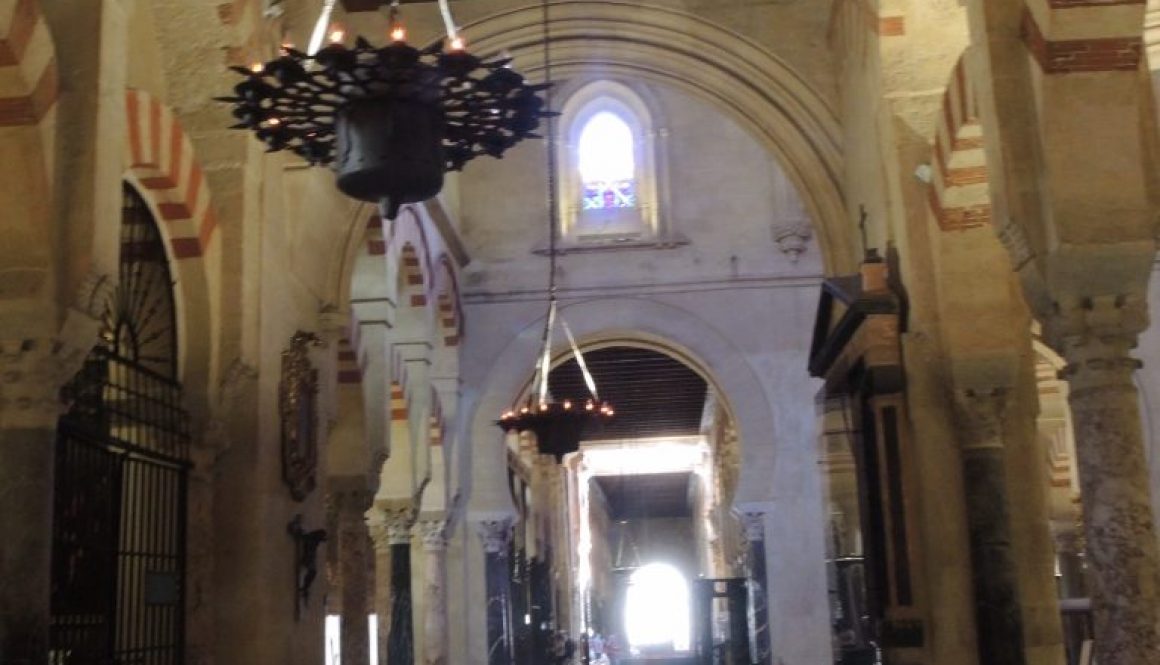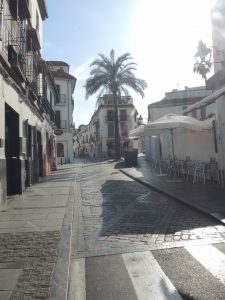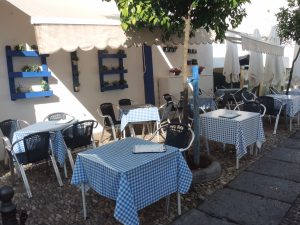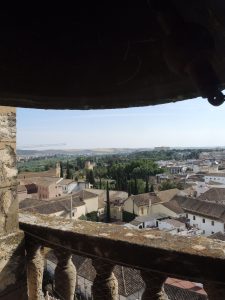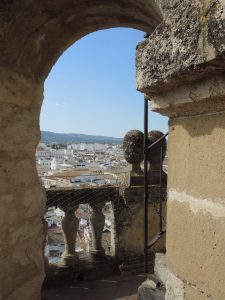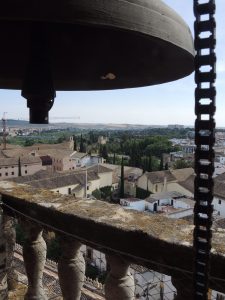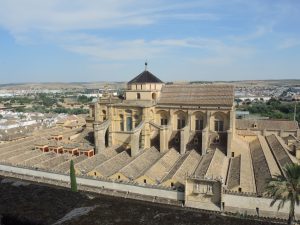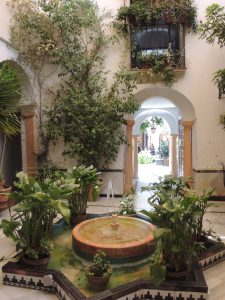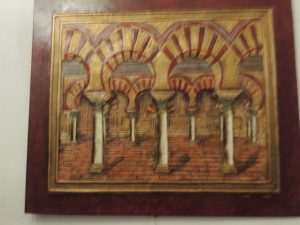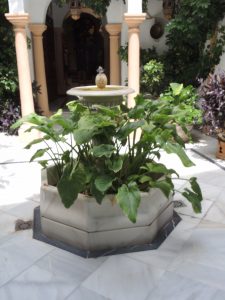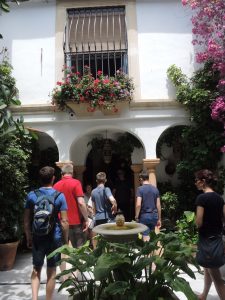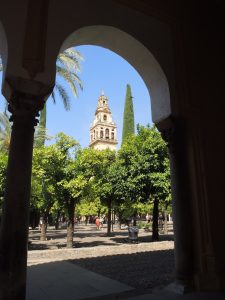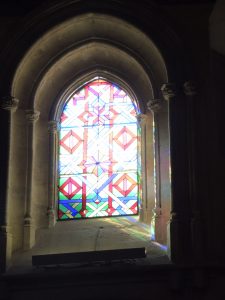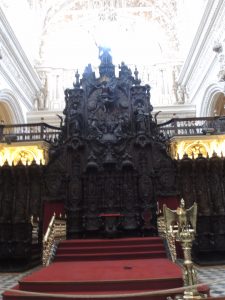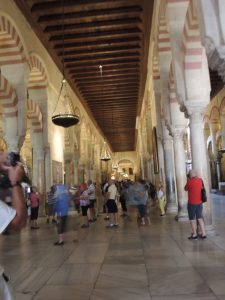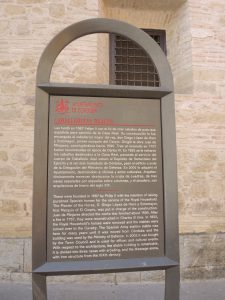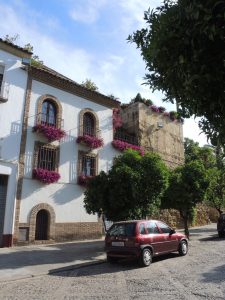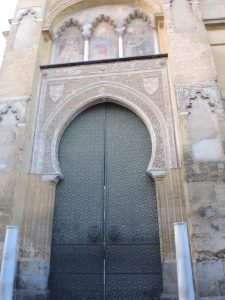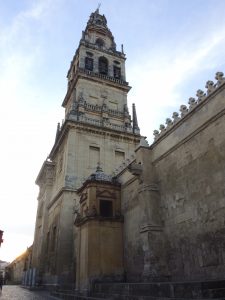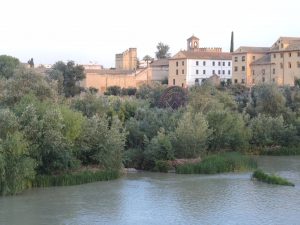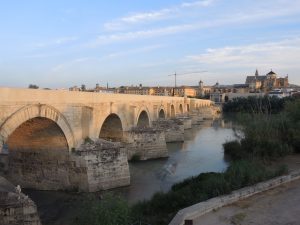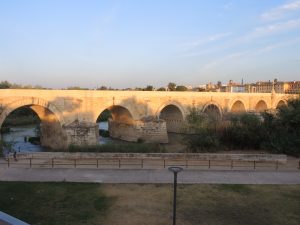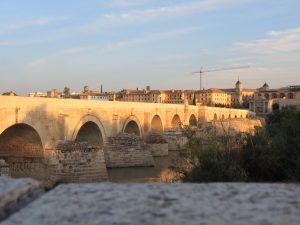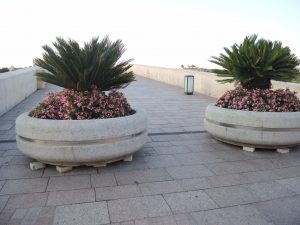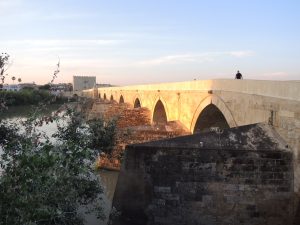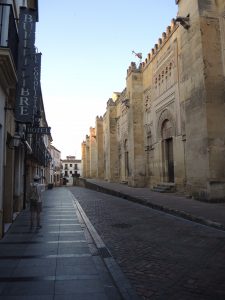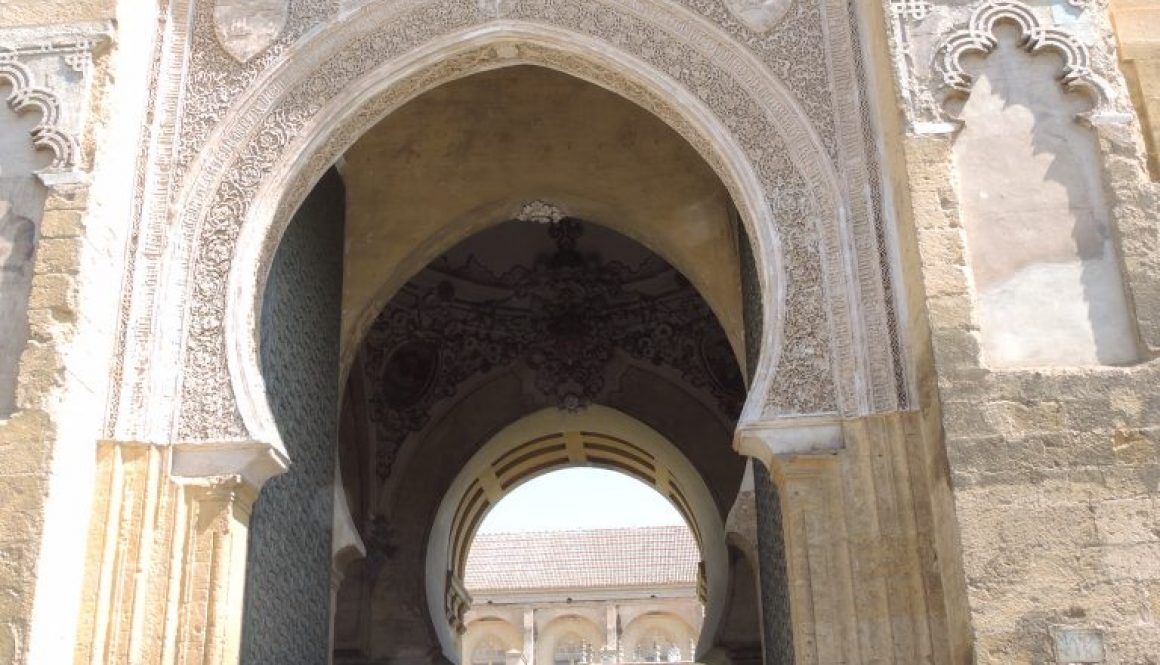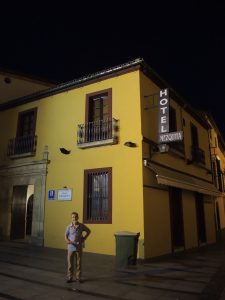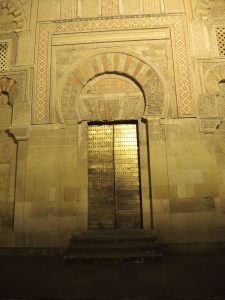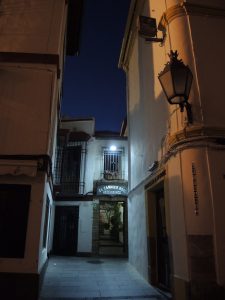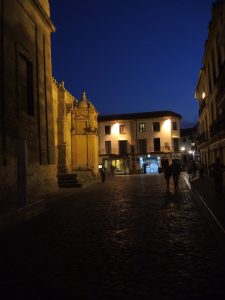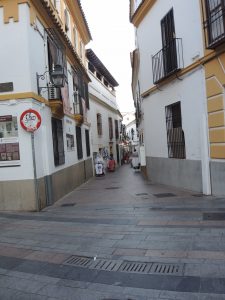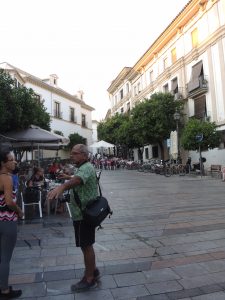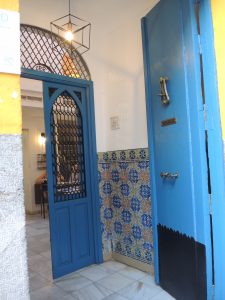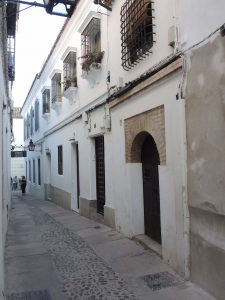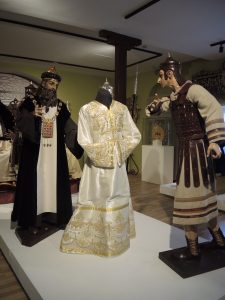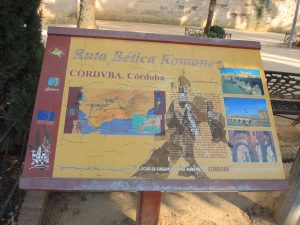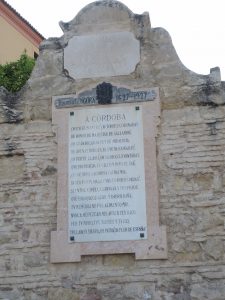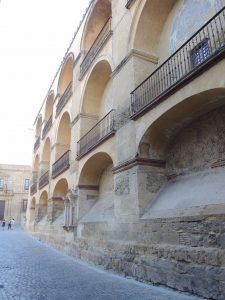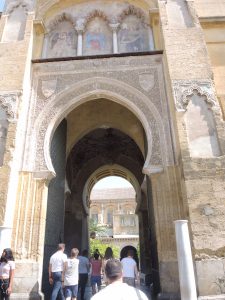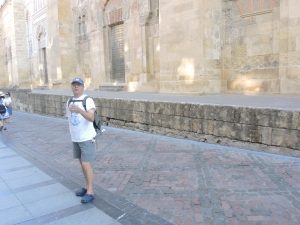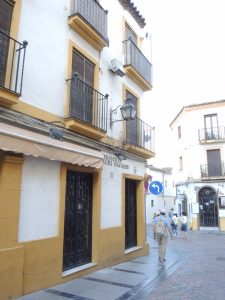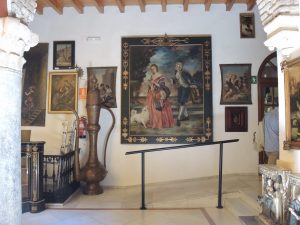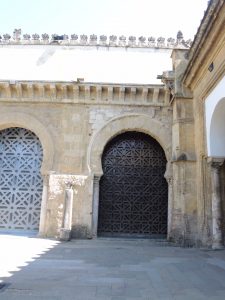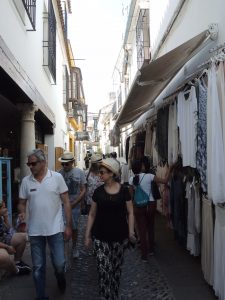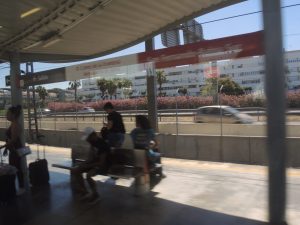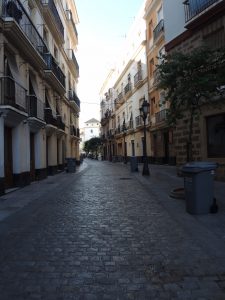Visiting Córdoba in Spain
The mercury continue to hover over the 40 degrees in Cordoba today. So, last night we decided to continue our exploration of Cordoba before breakfast time. We got up early and were walking on the lanes at 6.30 am today, so as to avoid the height temperatures which are common from midday and the early part of the afternoon.
One of the things that i did not know is how popular the internal patios in the old as well knew houses. So one of the opportunities available for the tourists to explore is to see patios.
Although we did not take this option, later in the day we had a number of opportunities to see and experience these patios, as we visited a couple of artists’ workshops or talleres. I have included some photos in today’s blog. They not only play a vital role in regulating the houses or buildings temperature, but also provide an opportunity to plant flowers and in some cases fruit trees in these spaces. These public areas contribute to the beauty of the houses as well as the wellbeing of their residents.
We decided to have breakfast at our hotel, so after our exploring of the cobbled lanes, we returned to hotel Mezquita for breakfast. Afterwards we walked across the road and entered Cordoba’s Mezquita-Catedral. This building dating from the 800s is clearly one of the world’s greatest works of Islamic architecture. During our visit, we were told that apart from its religious significance for the Islamic culture of the time, this building also reflected the political and social hierarchies of that era.
The Mezquita is not only large in size but also extremely ornate in its decoration. It reflects the quality of its artisans of that era. The guide told us that, as opposed to other mosques, found in other parts of the Islamic world the Cordoba Mezquita is not very tall as other mosques tend to be. It has a flat roof, decorated with gold and multicoloured motifs, and was supported by striped arches suggestive of a forest of date palms. The arches rested on 1293 columns – of which 856 remain today-. The arches are also built with a mixture of rocks and bricks, so as to be able to compress in the event of an earthquake. This was very advance for that time.
But one of the impressive things of these building is the control of the air flows, by the architectural design. Whilst the outside temperature hovers around the low 40s, the interior temperature is in the mid 20s. The Muslims also used interior patios, and running water to cool the interior of the building. The patio de los naranjos – the Orange Courtyard- found inside this building demonstrates their use of trees and running water to act as a cooling system.
Cordoba was conquered by Christian forces in 1236, and since that time the Mezquita was used as a cathedral but remained unaltered in the 16th century. In the 1500’s after the expulsion of the moors from the Iberian Peninsula, the Catholic royals kings – Isabel and Fernando- together with the church’s hierarchy plonked a large cathedral inside the Mezquita, this place is now referred to as Cordoba’s Mezquita-Catedral. The cathedral is also extremely ornate and with lots of gold statues, most likely originated from Latin American territories.
After a leisurely lunch and as a result of the high temperature, we decided to return to the hotel for a rest. It was a surprise to us both, that nearly all the museums and other places of interest are closed today – Monday. So whilst we had a list of things to do and places to visit, we were not able to enter these places. We visited them from the outside. Places such as the royals Catholic kings’ beautiful Alcázar, the caballerizas reales, the royal stables or the Medina Azahara, the palace built by Caliph Abd ar-Rahman III in the 10th century.
What we did do late in the afternoon was to climb the cathedral’s bell tower. There used to be a minaret in its place. The bell tower is 54m-high, and provides a bird’s-eye view of the Mezquita building. A small number of people are allowed to cling the tower every 30 minutes. On the way up, we can still see some caliphal vaults and arches inside the bell tower, which are the remains of the original minaret.
Finally we spend a short amount of time buying some presents to take back home for family members. And so we conclude our visit to this wonderful ancient city of Cordoba. Tomorrow we live for Valencia, via Madrid.
